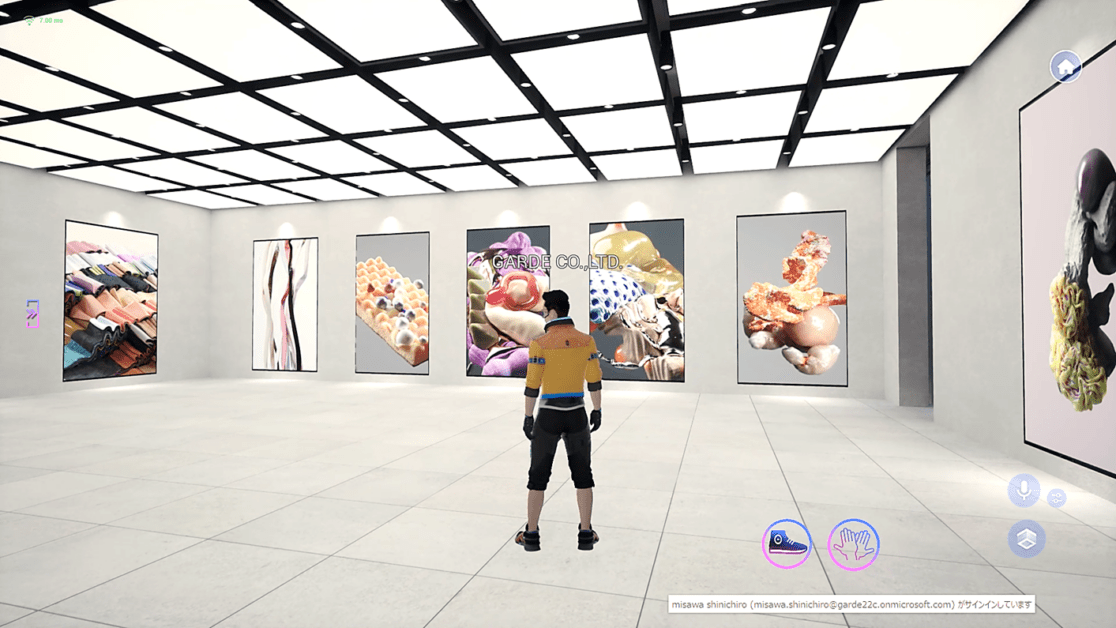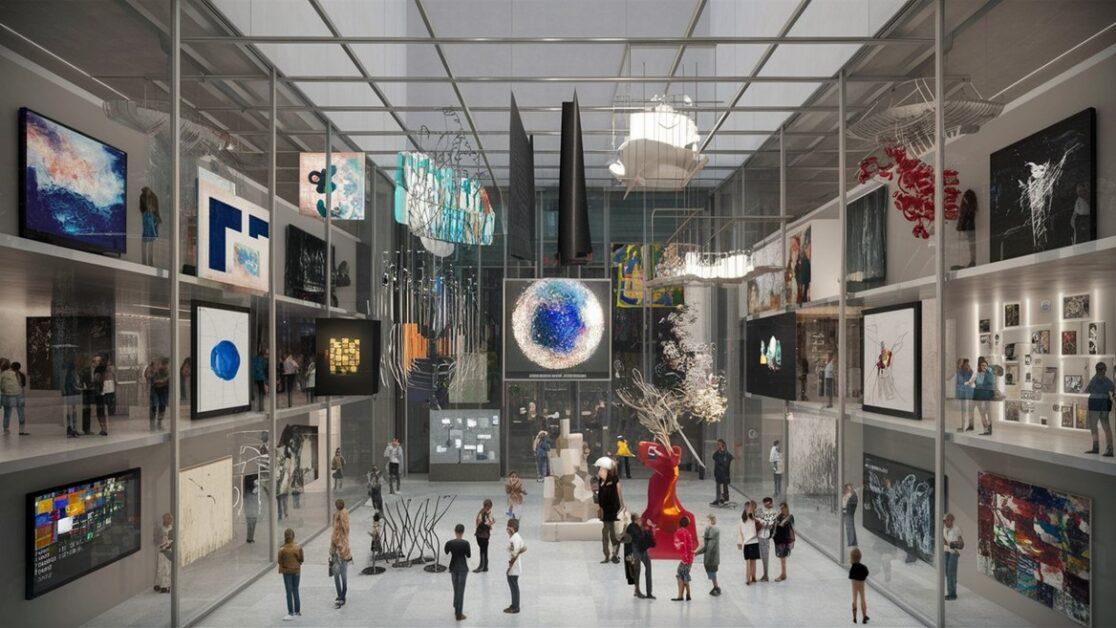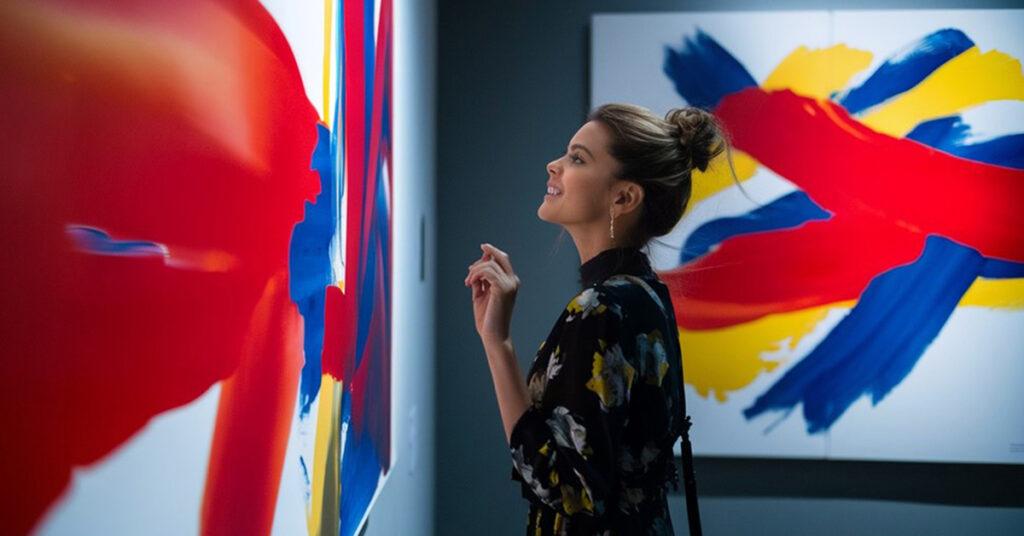A case where a purchase price increased 800 times to 1.6 billion yen. Modern art, a key element in spatial planning, is soaring in price.
At GARDE, modern art is frequently used as an element of spatial planning in the residences, hotels, and luxury retail projects we manage. The prices of this modern art are currently skyrocketing.
Recent news reports that some works from the “Fukuoka Asian Art Museum” have seen a significant increase in value, with some pieces now valued at 1.6 billion yen, 800 times their original purchase price. Many other works that have not been exhibited have also increased in value, leading to a situation where these works could potentially become new highlights for exhibitions. However, due to a lack of exhibition space, they cannot be publicly displayed. As a solution, online exhibitions are being considered. In this scenario, using virtual reality goggles in a metaverse museum may offer a more immersive viewing experience than viewing on a monitor.

There are several reasons for this price surge. Traditionally, about 10% of wealthy individuals’ asset portfolios are held long-term in art. Now, inflation, yen depreciation, and the entry of new wealthy buyers are occurring simultaneously. Additionally, the evolution of technology, such as the advent of NFTs for art, has lowered the barriers to entry, making it safer to purchase art, leading to expectations of continued growth in this market.
Even in domestic transactions, the variety of sales channels, such as Mercari, has increased the circulation of art. There are cases where postcards, which were sold for around 1,000 yen at exhibitions, have increased in value to over 30,000 yen after the artist’s death.
However, rather than expecting investment value from the start, why not step into the world of modern art as an emotional asset that you can cherish for a long time? For those who have never purchased art before, I recommend starting with a piece that “somehow attracts you,” regardless of price, for your home or workplace interior.


